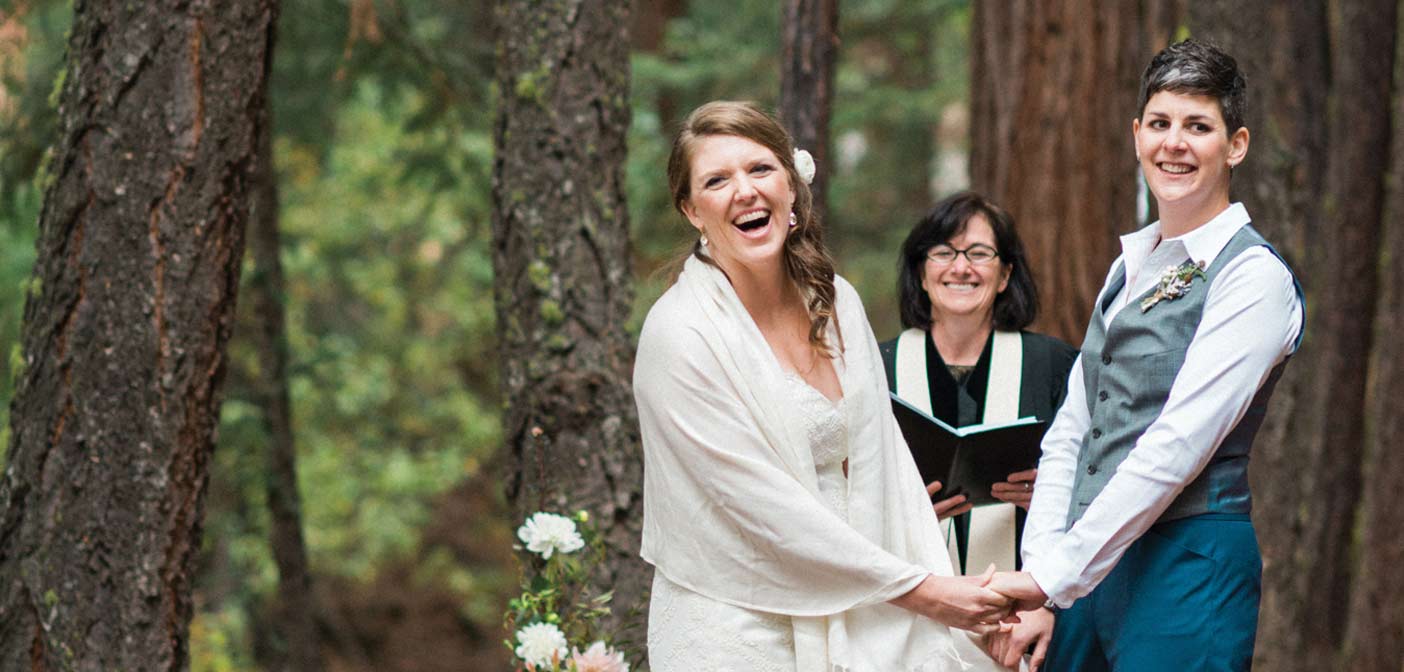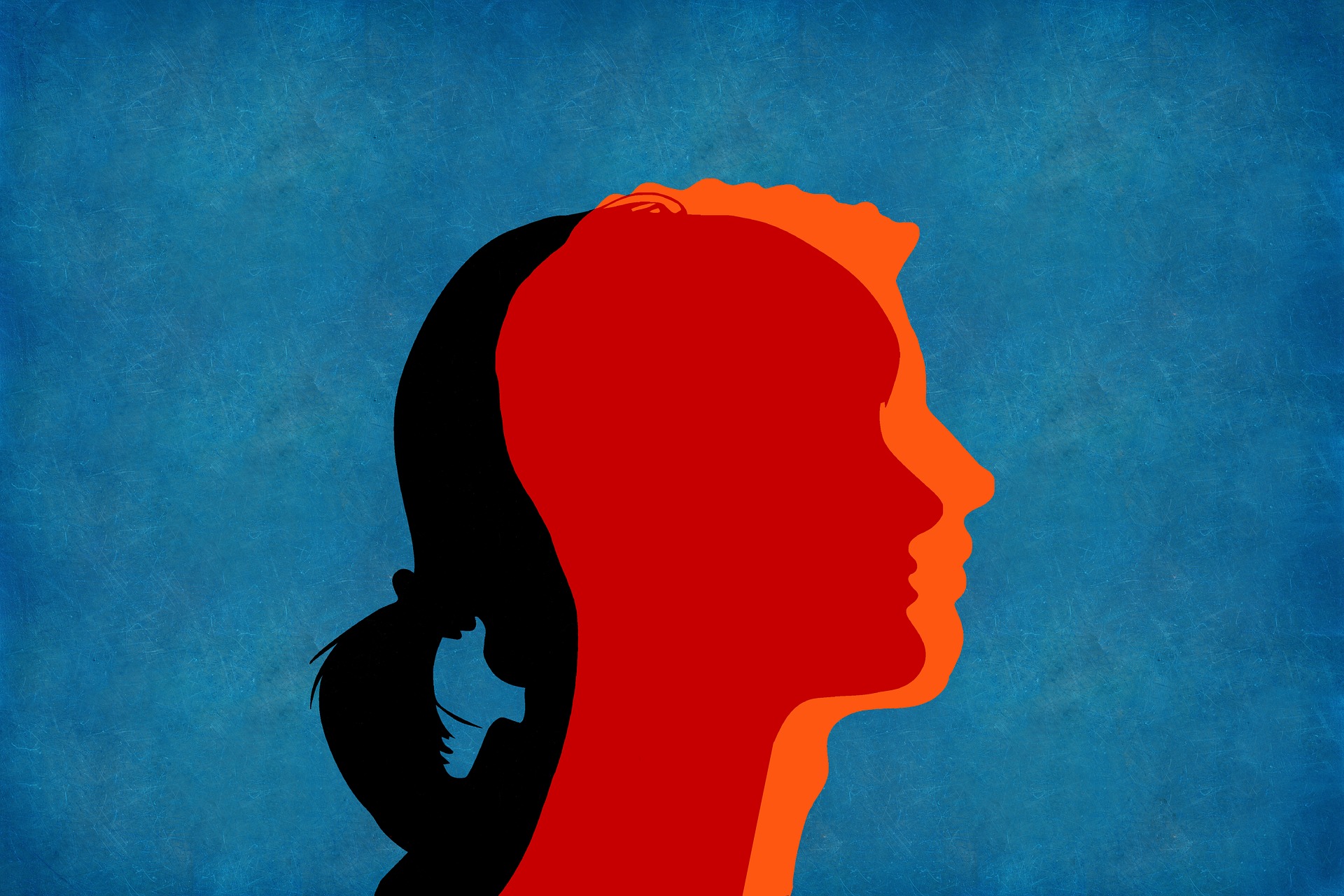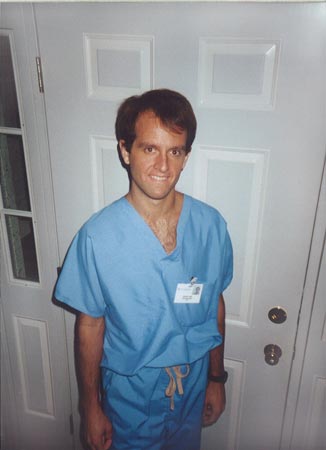By Kelly Brooks-Staub
In the wake of Hurricane Katrina, the American Red Cross provided food, water, shelter, health care, and other necessities to residents of the Gulf Coast. But to offer these supplies during a disaster requires careful planning and a reliance on expert opinion. In the days just after the hurricane, two teams of public health and disaster preparedness experts from Johns Hopkins and Harvard universities flew south to assess the Red Cross shelters in the region.
One of the teams included Johns Hopkins University School of Nursing associate professor Marguerite Littleton-Kearney, DNSc, RN, FAAN, who is track coordinator of the school’s Health Systems Management: Emergency Preparedness/Disaster Response program. She traveled to Harrison County, Mississippi, as a member of the assessment team that included Bloomberg School colleagues Courtland Robinson, PhD, and Kellogg Schwab, PhD, as well as Jonathan Spector, MD, of the Harvard School of Public Health and American Red Cross liaison Young Chung, MD.
When the team arrived, 157 Red Cross shelters in the Harrison County region housed approximately 18,500 residents. The health experts stayed in a Red Cross shelter run by a local Baptist church and visited five other shelters for the assessment.
“It looked like a combat zone,” says Littleton-Kearney. “Houses and trees were flattened. Of five area hospitals, three were inoperable, and the other two were barely functioning. Even the Keesler Air Force Base Hospital had been flooded.”
During the first few days after the hurricane, there were not enough medical professionals to care for all the sick and injured. Littleton-Kearney observed that there were lots of special needs patients—those with medical problems or in need of medication—who were not getting needed attention. People were running out of medication for serious conditions, such as diabetes and high blood pressure.
But medical treatment was not the only necessity that was lacking. “There were no cots. Some people had air mattresses; some were lying on broken boxes. Most people just had a few blankets,” says Littleton-Kearney.
The assessment team saw many of the same problems at each of the shelters they visited. But one shelter stands out in Littleton-Kearney’s memory: the one that had made room for animals. “I met a 75-year-old woman who said her dog was her baby. Abandoning her animal wasn’t an option for her.”
This elderly woman, and many others like her, was a source of inspiration for Littleton-Kearney. “I found myself falling back on my basic nursing training. I tried to be aware of people and really listen to what they had to say,” she reflects. “What I discovered was that people have amazing resilience. Most were just glad to be alive. There are more good people out there than bad, and it’s amazing to see them come together in times of need.”
During her time in the region, Littleton-Kearny met a volunteer nurse who was managing several Gulf Coast shelters; she had also been present to help in the aftermath of the 9/11 attacks. The nurse found the impact of the hurricane disaster to be more difficult to handle than 9/11, says Littleton-Kearney. “Many more people actually survived this tragedy, but that created more needs that we were having trouble meeting.”
To meet these needs in the future, she emphasizes that health care providers and government organizations need to update their disaster preparedness plans on a continual basis. “Preparedness is dynamic. You have to be ready for different conditions in each disaster. Our safety in the future depends on our ability to plan, learn our lessons, and plan again.”
 Go, Team, Go!
Go, Team, Go! The Big Picture
The Big Picture The Global Nursing Shortage
The Global Nursing Shortage We Need to Talk about Wound Care in Transgender Women Healing From a Vaginoplasty
We Need to Talk about Wound Care in Transgender Women Healing From a Vaginoplasty SON team in Leon Haiti last week
SON team in Leon Haiti last week







